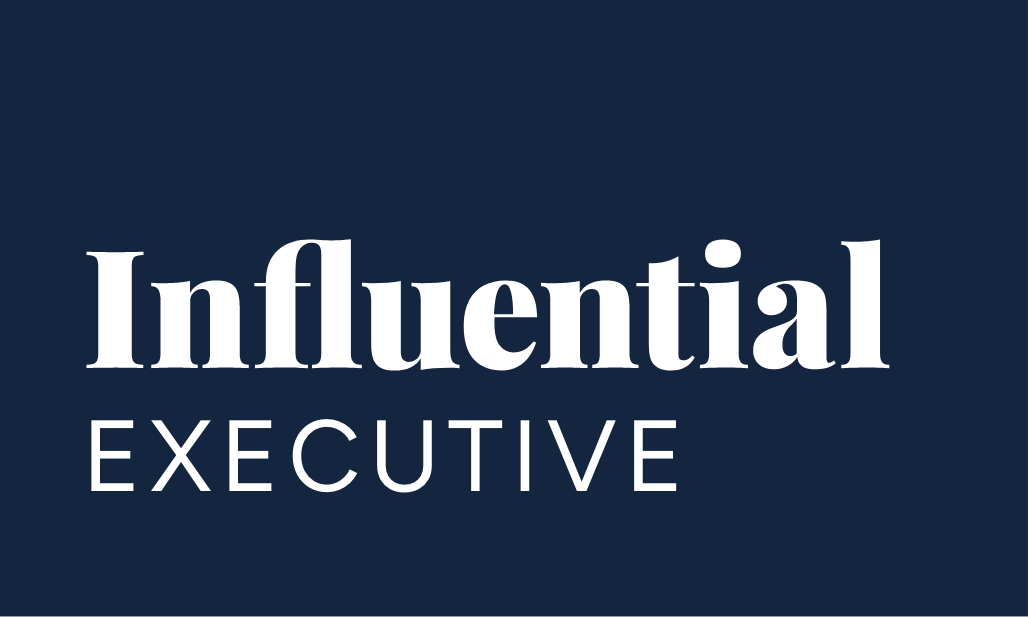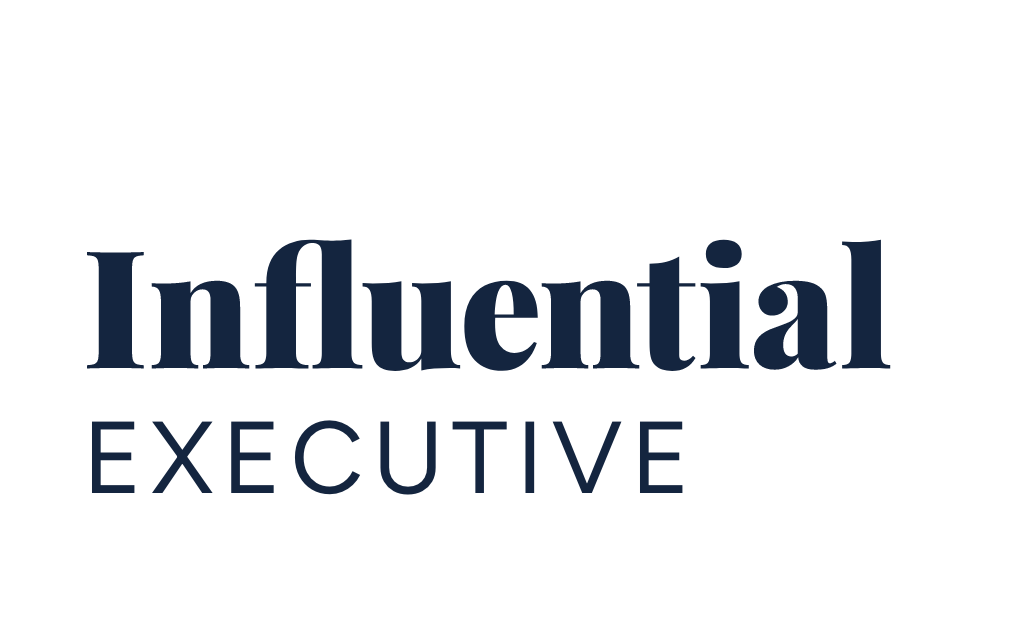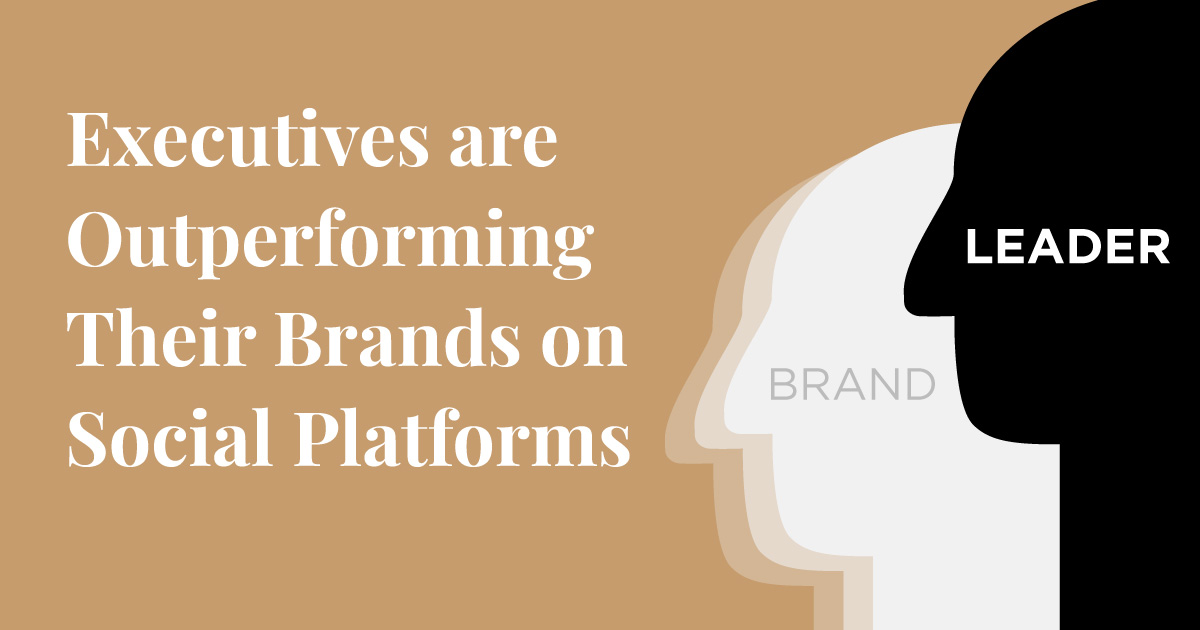Can leaders and executives naturally achieve much higher engagement rates on LinkedIn than the brands and companies they work for? We’ve seen third-party reports and articles on this subject over the last year or so, but we set out to prove it ourselves with data. We also wanted to better understand the variety of factors driving higher social media engagement rates for top-performing leaders on LinkedIn.
Our Social Media Engagement Research
We looked at more than one thousand profiles on LinkedIn, focusing on executives, leaders and brands, and created 3 tiers (low, medium, and high) based on the size of their respective followings. We defined the low tier as under 10,000 followers, the medium tier as between 10,000 and 50,000 followers, and the high tier as more than 50,000 followers.
We then examined the rate of social media engagement, defined as likes and comments per post per number of followers. This allowed us to eliminate variables such as posting frequency and the number of followers available to engage, which can differ substantially, even within each of the tiers we looked at. We wanted to focus on active LinkedIn accounts and defined this as a minimum of about 2 posts per week or 8 posts per month, as we also noticed that accounts with lower posting frequencies exhibited a high degree of variability in engagement rates.
Across all tiers, we saw leaders outperform companies significantly in terms of engagement. We are continuing to collect data across all three tiers and look forward to sharing our results and findings periodically. We had the largest dataset for the low tier, so want to focus on findings for these leaders and brands with up to 10,000 followers. First, we found that engagement rates were higher for both leaders and brands at lower follower levels (<10,000), and generally decreased as the number of followers increased. Most importantly, for this tier, we found that executives and leaders outperformed companies on engagement, defined as engagements per post, per follower, very significantly.
[blockquote text=”We found that executives and leaders outperformed companies on engagement, defined as engagements per post, per follower, by over 320%.” text_color=”#C69C6D” width=”90″ line_height=”undefined” background_color=”” border_color=”” show_quote_icon=”yes” quote_icon_color=”#C69C6D”]
Within each follower tier, top-performing leaders and executives were able to achieve significantly higher social media engagement rates than the top-performing companies in the same tier. This suggests that some leaders are really effectively engaging their audiences and doing so at a rate many multiples higher than brands with a similar number of followers. We are launching another study to dive deeper into some of the drivers of particularly strong performance on LinkedIn and look forward to reporting on the results. An initial look at some of the variables indicates that consistent posting appears to be an important factor and tends to lead to overall higher engagement rates, even when looking at engagement per post.
So Why Do Leaders Outperform Brands on LinkedIn?
There are a number of reasons we believe we see this clear pattern of outperformance from leader and executive profiles over brand profiles.
“Content shared alongside a unique perspective feels more authentic when coming from an individual leader.”
First, content shared alongside a unique perspective feels more authentic when coming from an individual leader. It is very clear that the perspective is theirs, and that perspective often speaks to their experiences and values, particularly those that are top of mind for that leader at that time. When that same content and perspective is shared by a brand, however, it is unclear whose voice and perspective is being portrayed. The perspective is presumably speaking to the company or brand’s ‘corporate values,’ but there is always a sense that the ultimate goal of brand content is to market or sell something to you, whether that’s a product or service to prospective customers, or company culture and values to prospective employees.
Second, social media algorithms usually give higher preference to content coming from individuals over brands. Because of this, a leader is likely to get more impressions per post per follower than a brand, creating additional opportunities for engagement.
Third, people in the leader’s network, whether they’re other executives, ex-colleagues, fellow board members, employees, investors or fellow thought leaders and influencers in their field, are more likely to engage with that content because they know the leader and it’s relevant to themselves and their audience. When someone engages with a leader’s content, it’s then served to their own connections (regardless if those individuals follow the leader’s profile), creating a larger pool of relevant exposure and subsequently driving further engagements.
And fourth, others in the industry may also apply the principle of reciprocity (whether knowingly or subconsciously), engaging with interesting content from people they know, and therefore encouraging that person to do the same with their content. This is more true with individuals than with brands, and influencers seem to be much more likely to engage with key leaders who they also see as influencers versus engaging with a brand’s content, because they don’t necessarily want to endorse a particular company in the industry.
Deploying Executives and Leaders on LinkedIn
So what does this mean? With the data indicating that leader and executive profiles consistently outperform brand profiles, there’s a clear and significant opportunity for brands to help their leaders establish an authentic digital presence to communicate and drive both company and personal objectives.
[blockquote text=”There’s a clear and significant opportunity for brands to help their leaders establish an authentic digital presence.” text_color=”#C69C6D” width=”90″ line_height=”undefined” background_color=”” border_color=”” show_quote_icon=”yes” quote_icon_color=”#C69C6D”]
Executives and leaders who share their thinking and ideas, and who do so consistently and authentically, have the opportunity to engage their brands’ key audiences, from customers to talent, to investors. We’ve explored how executives can position themselves as thought leaders in this article, so if you’re looking for guidance on how to get started, it is a good place to start.
In future posts, we will further explore what it takes to ‘get it right’ as an executive or leader on LinkedIn. We’ll look at some of the tactics and strategies to achieve higher than average engagement rates for leaders, and how to create a standout digital presence that amplifies the brand’s voice and engages its audience. This will include examples of high and low performing posts and an indication of how various factors can help to drive social media performance, with an initial focus on LinkedIn.


